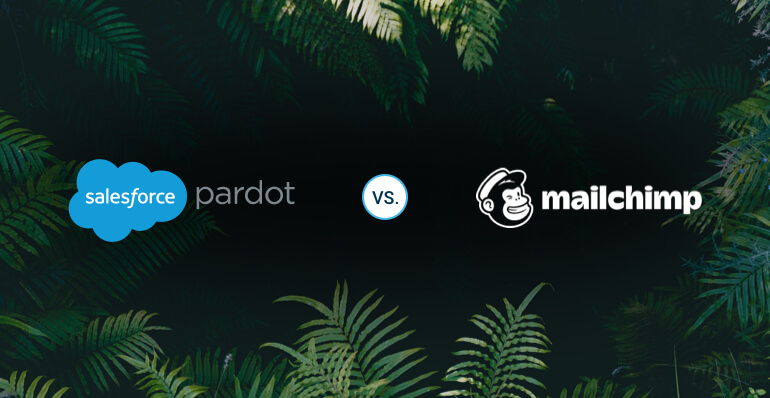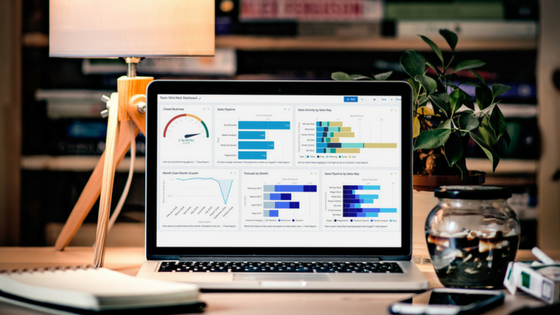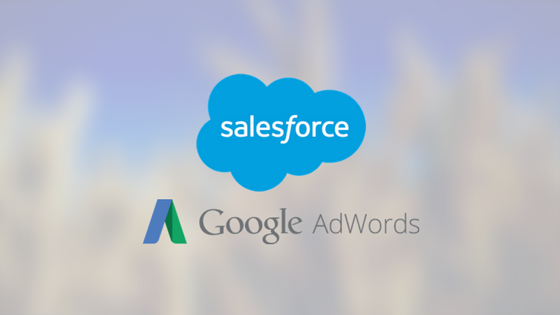B2B Marketing Trends You Need to Consider for Effective Lead Generation

The last couple of years have brought about some extensive changes when it comes to B2B marketing. These changes have been in terms of both tactics and strategies – all of which aim at drawing and engaging the target audience as effectively as possible.
The year 2015 is no different as B2B lead generation trends continue to evolve and improve, here’s what you should be keeping an eye on for your B2B marketing and lead generation endeavors!
1. Mobile-First Marketing
As many as 60 percent of adults in the US now use a smartphone, while at least half of this percentage owns a tablet. The number keeps growing as many executives use their devices to browse the web, check email, conduct research & communicate. This makes mobile marketing a highly useful tool for B2B marketers for lead generation purposes.
With that said, having a responsive website is now a necessity rather than a luxury. The majority of B2B marketers have excellent content to offer; however, they do not always utilize the latest technology. In this case, maximize the mobile experience of the target audience to increase your lead generations.
Get your mobile strategy in order, if you want to maximize your lead generation and the number of customers this year.
2. Personalization and Micro-Targeting
Micro-targeting is a concept that has been trending in the B2B marketing industry. Micro-targeting is all about gathering analytics and data to gain a better understanding of your target audience while responding accordingly in real-time with targeted content and messaging.
Eventually, it focuses on improving the clients’ journey by providing them with targeted and appropriate 1 on 1 interaction. When this is applied to B2B marketing, it requires that the marketer takes a more ‘personalized’ approach when building relationships. For example, client persona profiles are being increasingly used by B2B firms over the past few years, and this is set to increase in 2015 as emphasis is given on micro-targeted strategies.
3. Predictive Analytics & Lead Scoring
B2C marketers have been using predictive analytics for a number of years. Any person who has used Amazon would have seen predictive analytics at work, particularly through Amazon’s recommendations feature that presents recommendations for people based on their location, precious purchases, and other factors.
Even though things work quite differently for B2B marketers, this technology allows B2B firms to use behavioral data & other critical data in a much more efficient manner. Looking beyond the confines of traditional lead scoring models (that possess an average of ten data points), predictive scoring utilizes between 200 and more data points by scour wiping away from a number of sources on the Internet, social channels, and even various internal sources such as marketing automation databases and CRM.
Keeping up with this trend, many major corporations have started to utilize predictive analytics to better identify, prioritize, & get a greater number of customers eventually.












